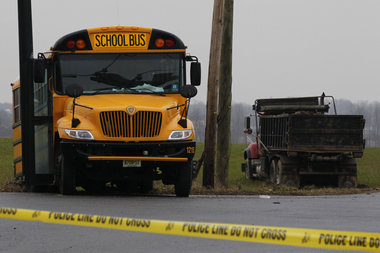 Max Kennerly of the Pennsylvania-based Beasley Firm writes about school bus accidents in the context of the recent Chesterfield, New Jersey tragedy. There, a dump truck slammed into a school bus, killing one child and injuring many. The dump truck had a flashing yellow light, and the school bus driver failed to stop for a stop sign.
Max Kennerly of the Pennsylvania-based Beasley Firm writes about school bus accidents in the context of the recent Chesterfield, New Jersey tragedy. There, a dump truck slammed into a school bus, killing one child and injuring many. The dump truck had a flashing yellow light, and the school bus driver failed to stop for a stop sign.
Mr. Kennerly’s post is well-written (as are all of his posts), and brings some context to the complexities of automobile negligence litigation. My office is in Timonium, I live in Baltimore, and I try auto accident cases all over Maryland, but it never ceases to surprise me how frequently new fact patterns emerge. There is rarely a truly simple case, especially when the damages and injuries are severe. As Mr. Kennerly points out, the issues in this case include:
- driver distraction
- driver experience
- poor road design (defects including the road, surrounding trees and lights)
- bus crashworthiness (ability of bus to withstand crashes
Part of the last issue, crashworthiness, has to do with seatbelts on buses. We discussed bus seatbelts in a prior post. This New Jersey bus apparently had seatbelts, as required by New Jersey law. However, it is unclear what kind of seatbelts the bus had (two-point or three-point). Did the seatbelts prevent injuries or cause them?
These issues require serious consideration, and they crop up time and time again in auto accident cases. The other tragedy is that there is a time limit–because a governmental entity may be at fault, the victims must give proper notice to the state or city within 90 days of the accident. Nevermind that the state and city are obviously well aware of the accident. Failure to give proper notice within those 90 days (when families are trying to grieve for their loved ones, care for their injured, and move back to a place of normalcy) means that those families may be forever barred from recovering in a lawsuit.
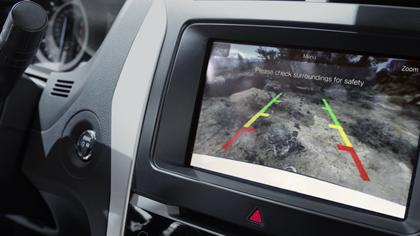 We posted on March 6 about Mandatory Back-Up Cameras: Worth the Cost? It seems that Transportation Secretary Ray LaHood has been getting a lot of criticism for his delay in acting on the proposal.
We posted on March 6 about Mandatory Back-Up Cameras: Worth the Cost? It seems that Transportation Secretary Ray LaHood has been getting a lot of criticism for his delay in acting on the proposal.  Maryland Car Accident Lawyer Blog
Maryland Car Accident Lawyer Blog


 California has a new law on cell phones. There, hand-held cell phone use was banned for drivers in July, 2008. According to data kept by the University of California, Berkeley, overall traffic deaths decreased by 22%, and hand-held driver cell-phone related deaths went down by 47%.
California has a new law on cell phones. There, hand-held cell phone use was banned for drivers in July, 2008. According to data kept by the University of California, Berkeley, overall traffic deaths decreased by 22%, and hand-held driver cell-phone related deaths went down by 47%. 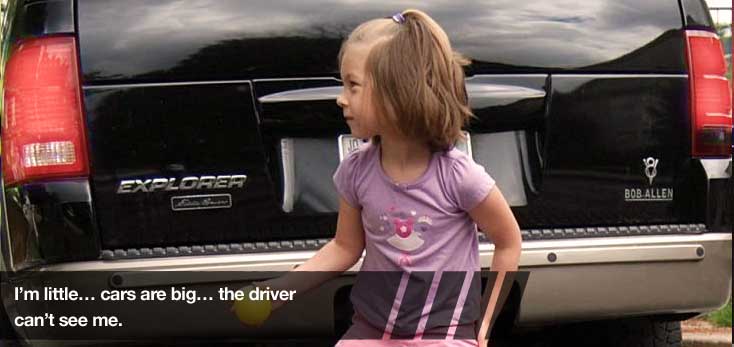 I am fortunate that I’ve never had to litigate a case involving a driver who backed up into a child or a person. Statistically, about 16,000 of these accidents happen every year, with about 300 deaths. The drivers are most often (70%) the parents or family members of children who are injured.
I am fortunate that I’ve never had to litigate a case involving a driver who backed up into a child or a person. Statistically, about 16,000 of these accidents happen every year, with about 300 deaths. The drivers are most often (70%) the parents or family members of children who are injured.  Max Kennerly of the Pennsylvania-based Beasley Firm writes about
Max Kennerly of the Pennsylvania-based Beasley Firm writes about  I don’t work for the insurance industry. Sometimes, I don’t like the insurance industry. We disagree about a lot of things, like to what extent my clients are hurt because of the negligence of their drivers, and what they should pay for it.
I don’t work for the insurance industry. Sometimes, I don’t like the insurance industry. We disagree about a lot of things, like to what extent my clients are hurt because of the negligence of their drivers, and what they should pay for it. 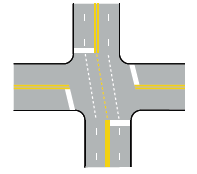 Maryland automobile injury lawsuits come in three types:
Maryland automobile injury lawsuits come in three types: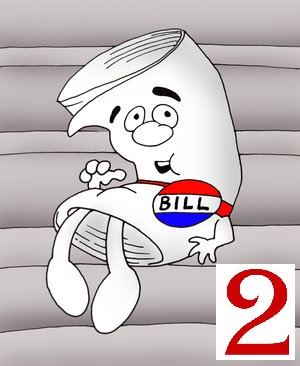 In the spirit of our most recent post on
In the spirit of our most recent post on 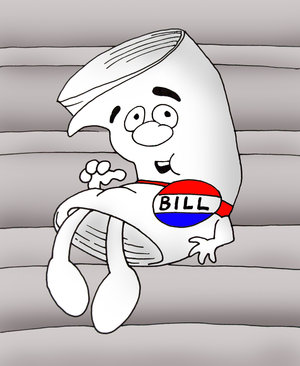 In 2011, the Maryland Legislature decided that the minimum limits for automobile insurance, which were over 35 years old, needed to be increased. The limits were $20,000 per person/$40,000 per occurrence. They were increased to $30,000/$60,000. Not quite a cost-of-living adjustment (one
In 2011, the Maryland Legislature decided that the minimum limits for automobile insurance, which were over 35 years old, needed to be increased. The limits were $20,000 per person/$40,000 per occurrence. They were increased to $30,000/$60,000. Not quite a cost-of-living adjustment (one 
 Many people come to us because they’ve been in an accident, but they are unsure what their options are. This is rarely more true than in the phantom vehicle case. This is where there is an accident, but no sign of the person who caused the accident. These cases are sometimes hit-and-run accidents, though phantom vehicle cases can happen where the phantom vehicle takes the right-of-way from another motorist, causing that motorist to hit a third motorist (while the phantom vehicle goes merrily along its way). In many cases, these are pedestrian hit-and-runs.
Many people come to us because they’ve been in an accident, but they are unsure what their options are. This is rarely more true than in the phantom vehicle case. This is where there is an accident, but no sign of the person who caused the accident. These cases are sometimes hit-and-run accidents, though phantom vehicle cases can happen where the phantom vehicle takes the right-of-way from another motorist, causing that motorist to hit a third motorist (while the phantom vehicle goes merrily along its way). In many cases, these are pedestrian hit-and-runs.